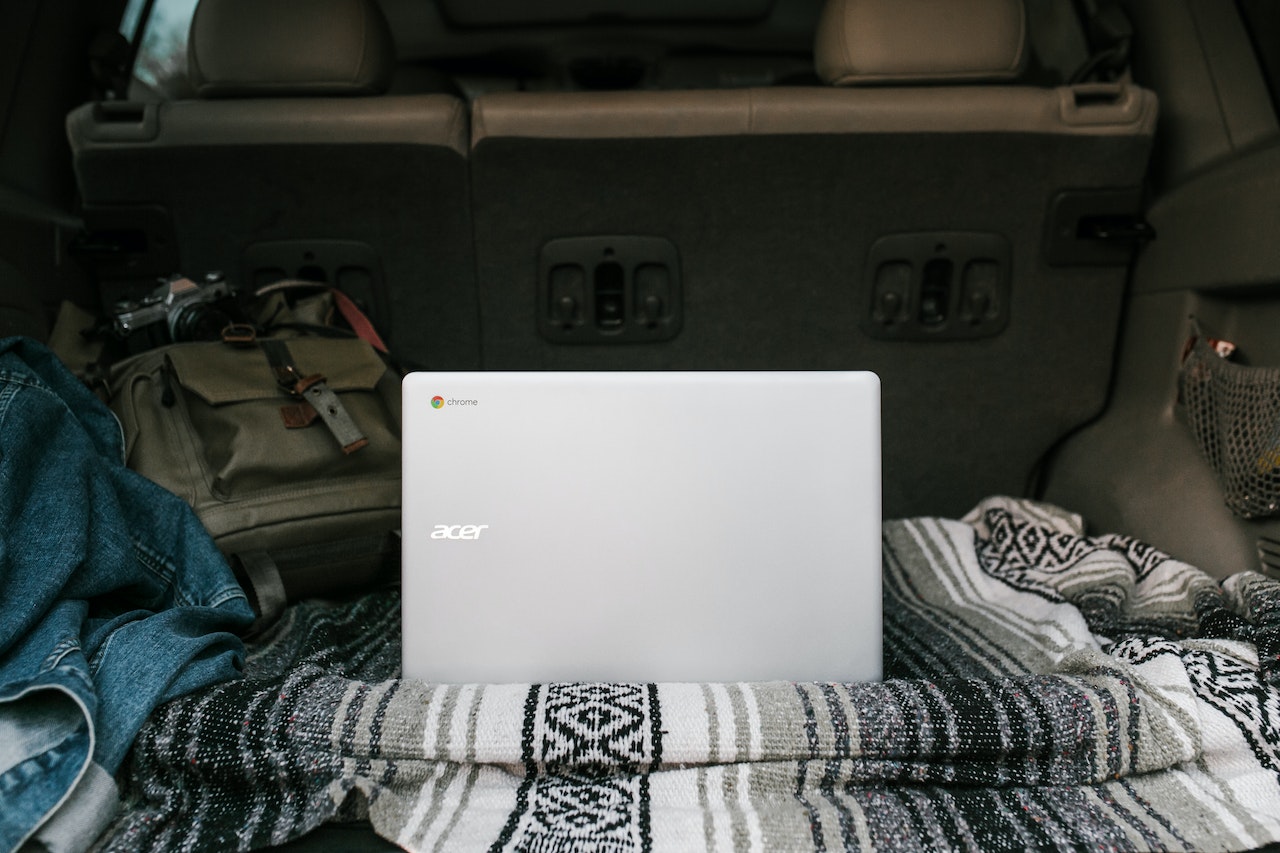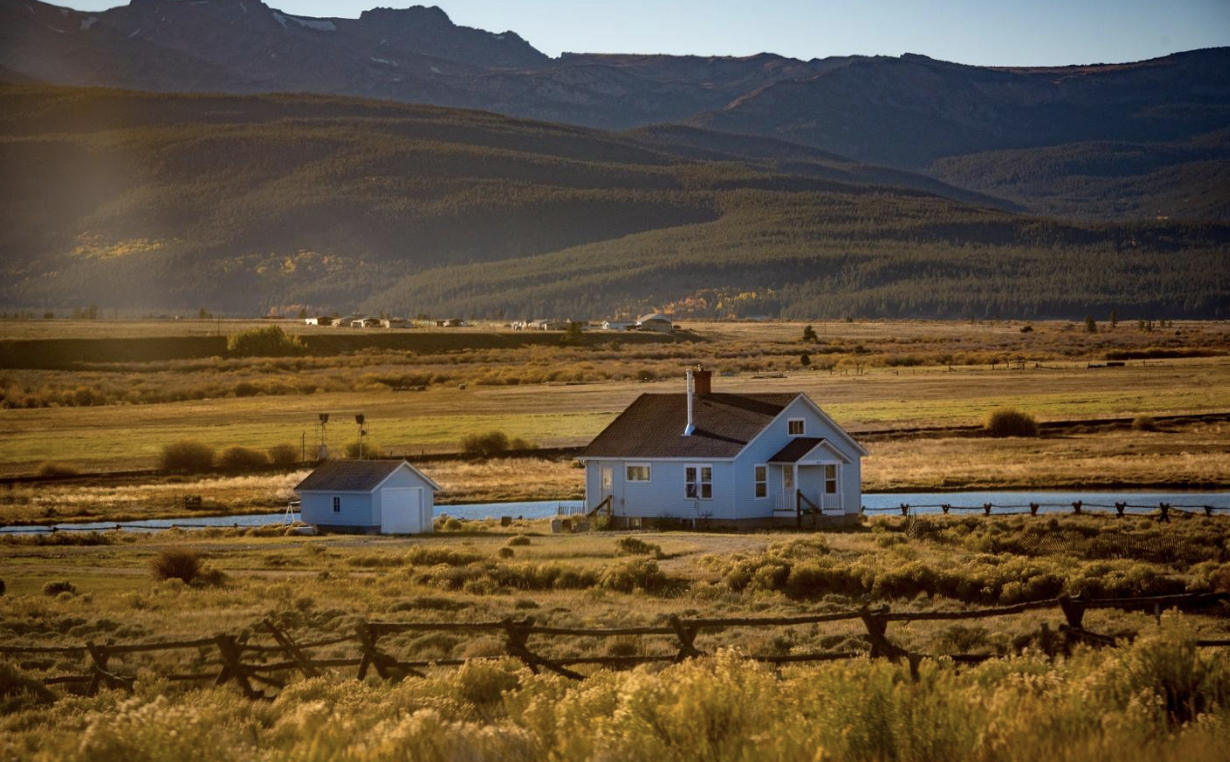Comments
- No comments found

In today’s digital age, access to high-speed internet is essential for a variety of reasons. It’s needed for work, school, health care, entertainment, and more.
Unfortunately, many rural areas don’t have access to reliable high-speed internet. This can have a significant impact on the quality of life for people living in these places.
The infrastructure costs to bring this level of service to geographically large, sparsely populated regions are enormous, and thus work has been slow or nonexistent to achieve this level of service.
There is some short-term relief, though. Nomad Internet, the largest provider of wireless internet services in the United States, is reinvesting in its roots of providing rural areas with the web access they need using existing infrastructure and some clever proprietary technology.

As it did with many elements of day-to-day life, the pandemic of 2020 exposed and exacerbated the deficiencies in rural access to high-speed internet and the consequences of not having it.
“The need for internet access at home grew,” Robyn Weber, CEO of Nomad Internet, said. “A lot of people in rural communities who were commuting to work were then forced to work from home. And when you live in a rural community, a lot of times, the only option for most of these rural folks was satellite internet. Not the new low latency stuff, but the more traditional satellite internet like your HughesNet and your Viasat. And that type of internet is not conducive to doing Zoom meetings, video calls, or any kind of work from home with web applications.”
Without access to high-speed internet, people in rural areas face a number of challenges. They may have difficulty finding work, as many employers now insist that employees have internet access at home. They may also have trouble staying up to date on their studies, as many schools now require students to use online resources. They may also have issues accessing health care, as many telemedicine providers require patients to have a high-speed internet connection. Finally, they may have problems staying connected with friends and family, as many people now use social media and other online platforms to communicate.
Weber said this revelation inspired her — and Nomad Internet — to do something about it.
“One of the things that I am working on doing as CEO is pushing us back into the rural market,” Weber said. “We kind of pulled into our full-time RV traveler market and we did well there in that space. But one of the things that we did along the way is we lost our mission of connecting the unconnected and those who cannot get internet any other way other than through a company like us. And so I'm working on taking Nomad Internet back to its roots and getting us back into that rural internet space where we still have people who are underserved.”
Nomad Internet's service is delivered over cellular towers, which makes it possible to provide high-speed internet to even the most remote areas.
Weber was actually a customer before she became the CEO of Nomad. And she knows full well the difficulties in getting high-speed internet in areas that fall outside the purview of the giant telecom companies that don’t see a return on investment for building infrastructure in remote areas.
“I live out in a rural area myself,” Weber said. “About seven years ago, I bought this place and we have a cable company that is the exclusive provider for the area where I live. Yet they only serve pockets of my area. I called them, and I said I’d like to be connected, I’ll pay. And so they sent an engineer up and he said they had to trench it up my driveway. I have a long driveway. They said it would be about $15,000 and they could get me hooked up. And I looked at him and I said go ahead and do it. He said, ‘We actually can’t; we just tell you that so that you say no.’"
The experience was enough to drive Weber to seek out Nomad, and now she runs the show.
With players like Nomad Internet in the market, the future of high-speed internet in rural areas is bright. As more and more people in rural areas gain access to high-speed internet, the playing field for school admissions, jobs, access to health care, and other elements is more level, potentially giving economically depressed rural areas a chance to reinvent themselves.
Leave your comments
Post comment as a guest